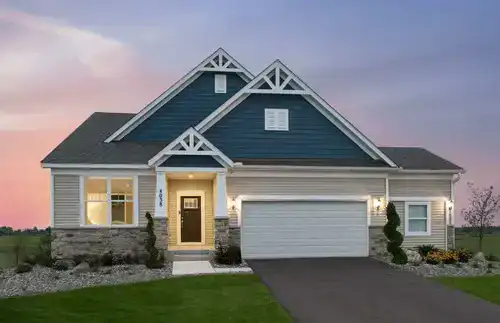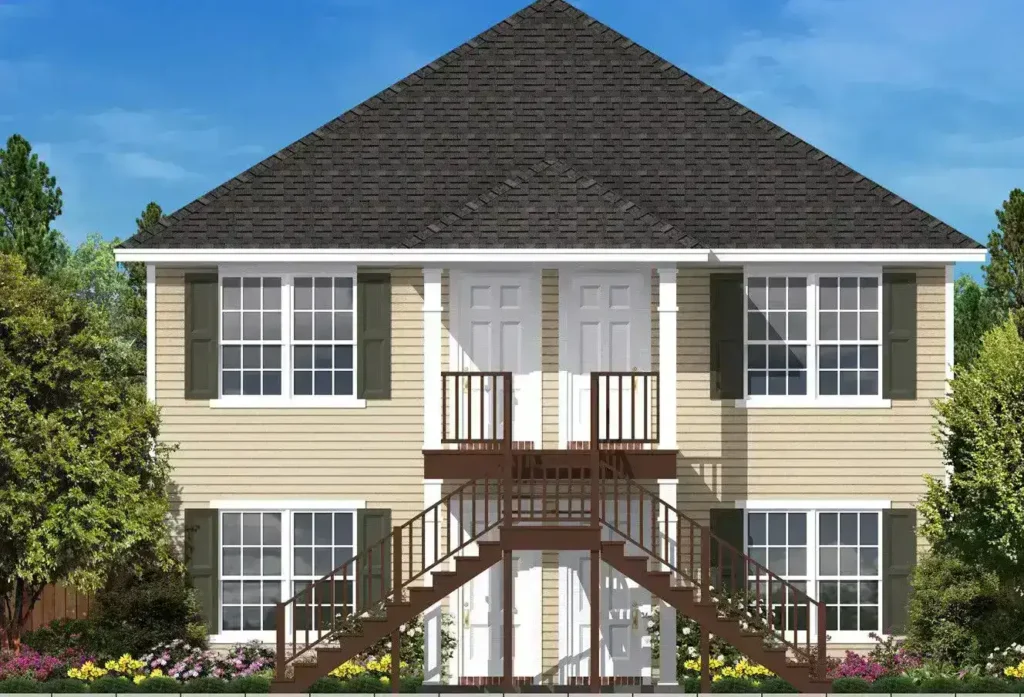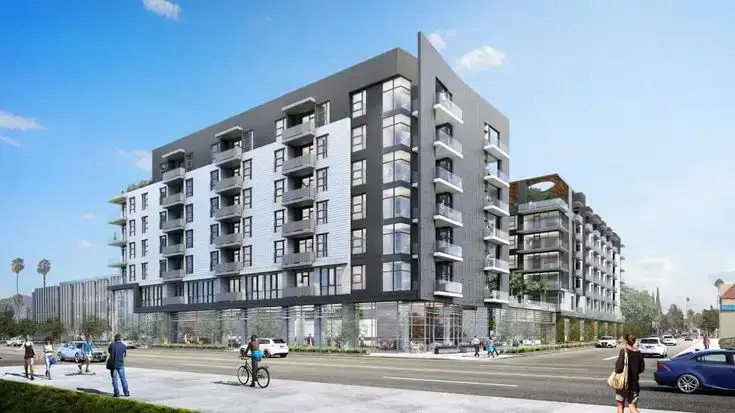An abode intended for a single family is termed as a single-family unit. It is free-standing from other houses. If there is more than one unit in the building, it qualifies as a multifamily house.
Interested in choosing rightly between such options? A single-family house can assure you a privacy check, but a multi-family house may sometimes be a source of rental income. Compare the significant differences between the two to make the right decision.
In a single-family house, the owner owns and occupies all spaces. By contrast, ownership of an entire building or a single unit characterizes multifamily homes. Houses of this type can also be excellent investment property because of potential extra income.
What are the local rules for single and multifamily properties?
Both single-family and multi-family homes have to follow local ordinances and zoning laws. You cannot take a single-family house and make it multiple units without local authorities’ approval. You would need local authorities’ permission to put a kitchen or bathroom in the basement.
Some areas allow the creation of accessory dwelling units. These include kitchen units as well as bathrooms to qualify as in-law apartments; however, these are generally only allowed for family residences unless otherwise stated in zoning. Always check with the city or town before altering things.
Single-family home advantages and inconveniences

Let it be a dream of many people to have a single-family United States of America home. Privacy is ensured along with ample family leisure, and this also proves to be a good investment for some people in property. Single-family homes are a little hefty on the pockets, as they are a bit expensive, and need a lot of maintenance. Repairs are also your responsibility, which gets costly in the long run. On the other hand, multifamily homes offer rental income, but they require complicated management.
Pros of single-family homes:
1: Privacy:
They are generally more private because they usually do not share walls with other families. This may lead indeed to a quieter living space, with more private space either indoors or outdoors.
2: Costs:
Single-family homes generally are much cheaper to buy, maintain, and insure than multi-family homes. The great majority also have easier financing accessibility with government-backed loans (such as FHA, VA, or USDA) for owner-occupied single-family homes. A single-family home is usually a more economical route for someone who tends to have limited funds or is after a starter house.
3: Very Simple Investment Strategy:
Mainly, most real estate stakeholders start investing in single-family homes because such investments are relatively cheaper. Secondly, they will not have to run up to five apartments at any one time. Normally, tenants stay longer in such homes; hence, it is more stable for an investor. Last but not least, such properties are also better-flipping properties as they are relatively cheaper to buy and sell at easy rates.
4: Liquidity:
Single-family homes are probably the most liquid of all properties because of the potential for easily selling them at a good price. They are easy to sell because usually, individuals demand single-family homes more than multifamily homes. Thus, it makes these assets liquid investments that enable you to be flexible in the event of having to sell the property. Knowing your exit strategy early on helps make better decisions when considering a return on investment.
Cons of single-family homes:
Single-family homes can certainly have many benefits, but some disadvantages make them less appealing if you are considering one for investment purposes:
1:Cost:
If you’re a homeowner in a single-family unit, you are wholly accountable for all the upkeep and fixed costs, including property taxes, insurance, and mortgage repayments. If you’re the resident in the house, you’ll pay these costs from your pocket; as if you were not an occupant of an apartment complex, where the monthly rental income with one or several tenants can assist in costing these expenses
2: Most likely less income:
A single-family rental usually generates lower rental income than multifamily units. Instead of renting to multiple tenants, you rent only to one tenant or family. That results in lesser overall cash flow which can make it more difficult to cover costs or make a significant profit
3: Lower Rental Income:
A single-family rental home usually produces a lower income than a multifamily property because one tenant or family rents the dwelling instead of renting it out to several tenants. Hence, the total cash flow has reduced significantly, making it somewhat difficult to recover the costs or generate good-quality profit from this property.
The benefits and drawbacks of multifamily

Throughout categories, owning multifamily properties can prove an enjoyable choice for becoming a landlord. It holds many opportunities for you, whether that is wealth creation, lowering living costs, or imaginative housing options for your relatives. However, it isn’t all roses.
Rental Income Opportunities:
The dream of living mortgage-free brings to many. This dream can become true when one rents out most parts of the other multifamily units while residing in one and contributes the rent towards mortgage repayments. This can also mean a small extra cash flow. It is quite a good option for newly married couples or those who are considering downsizing post-retirement. Having multiple income sources is helpful if a job loss occurs or there is a need for additional cash.
Owner-Occupied Financing:
Generally, multifamily properties tend to be more reactionary to prices concerning single-family units. Nevertheless, they present better financing terms over one or two years, and those who dwell in at least one of the units will enjoy low down payments and significant interest reductions. This allows landlords to have a broader portfolio of lands under their name.
Multi-Generational Family Privacies:
While families prefer to be as close as practical, they want to be distanced from each other as much as possible. A multifamily property will allow a household such as that to have its place, while closeness dwindles most often associated with shared living situations.
Scalability of Investment:
Multifamily properties let investors scale quickly. Even if one of the units is vacant, with numerous tenants, income is less volatile. You can live in the building itself and thereby reduce your expenses for living. Over the years, you can employ the use of the built-up equity in your property to purchase more properties or your dream home. Rent can also be increased with improvements added to increase value, thereby giving you more leverage over your investment.
Cons of multi family:
- Lower Quality of Life: Even with good tenants, it’s hard to live next to others. Loud noises and disagreements over maintenance can spoil the comfort. If you live in the property, you probably have to sacrifice some privacy and space to reach your financial goals
- More Responsibilities: It is not such an easy task to become a landlord. You will be looking for tenants, fixing issues, collecting rent, and solving problems like pests. This is very stressful and probably too time-consuming, especially if you have another job. If they don’t pay up, you may also have to deal with evictions. You have to know the different laws of being a landlord. Hiring a property manager can relieve the burden but it will increase your expenses.
- Slower Appreciation: Generally, properties would appreciate value over time; however, it’s much faster if the property is a single-family home rather than a multiple-unit dwelling. The problem comes when this needs to sell quickly.
Multifamily properties tend to be more complicated to finance, especially if their number of pairs exceeds four units. In such situations, you will have to consider non-standard lending options if your cash level is not that great and you have a high debt-to-income ratio.
Conclusion
The best provision of all privacy and area is single-family house. Normally, it is cheaper both for purchasing and maintenance. It also provides one source of income at rentals.
Multifamily homes can generate more rental income. They have higher upfront costs, but more growth opportunities. However, tenant management becomes more demanding as well as maintenance.


